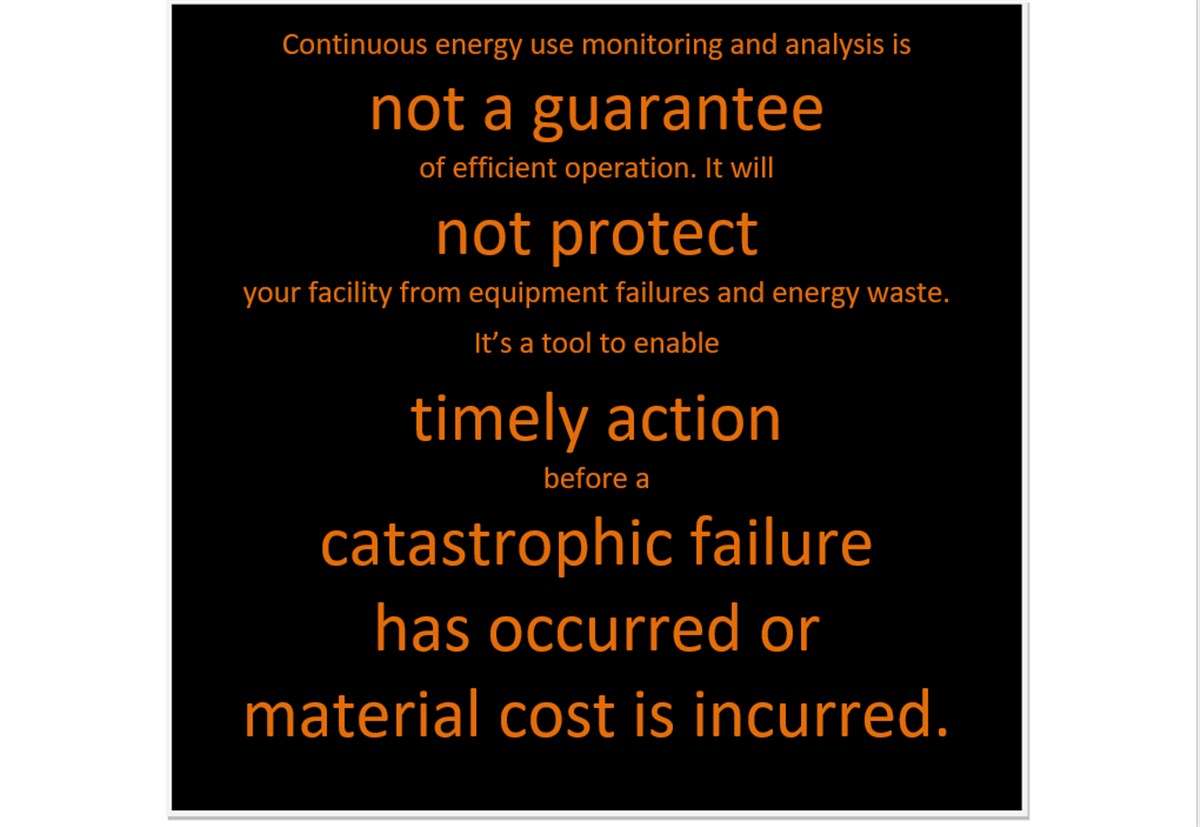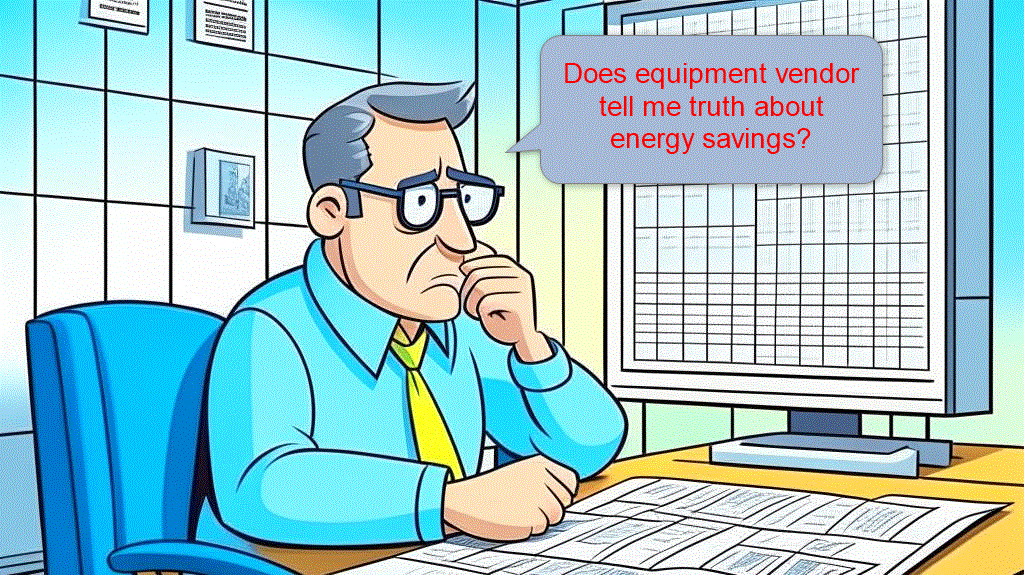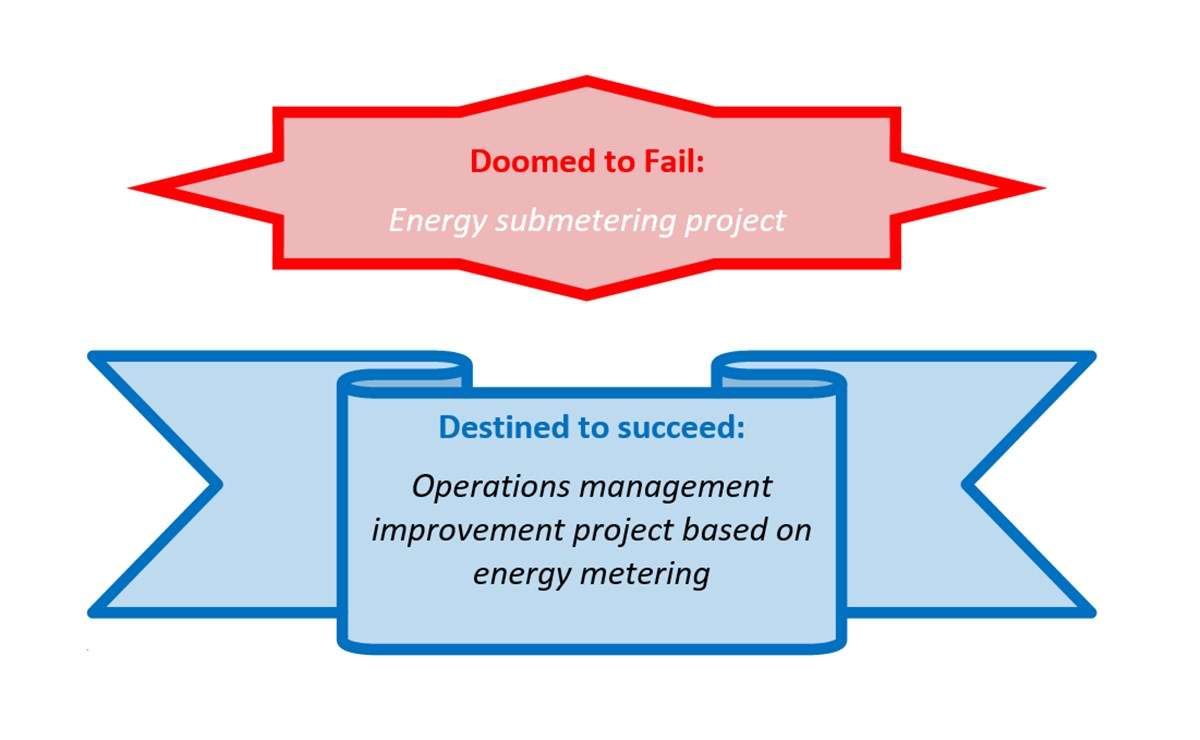In Energy Management the key word is management, not energy. So, all rules of management apply.
Rule #1: it all starts from the top. This rules determines everything.
1. Effective Energy Management must have a C-level champion
Practically speaking, if none of the top guns cares about energy management or at least energy efficiency, nothing significant will come out of it.
There can be implementations and installations of energy efficiency projects, energy conservation programs and initiatives, reports and presentations, even incentives and bonuses, but company will miss on a major opportunity to reap strategic benefits offered by effective energy management: differentiation and cost.
2. Energy is everywhere, so should be energy management
Top gun’s job is to set up a cross functional team to figure out what role energy plays in the value creation chain and what changes will create the most bung for the buck. Team must identify current consumption and its key drivers, develop energy use reduction strategy and set targets. Then targets should be linked to performance evaluation of unit managers.
Energy is procured on the production floor, not in the corner office.
To make energy efficiency results possible, people on production floor must have understanding and real-time visibility of energy consumption. To make efficiency results happen, people on the floor must have means and authority to take action and share benefits from achieved results.
3. Set energy consumption baseline and track energy usage regularly
Creation of an energy consumption baseline must be the starting point of any energy management effort. This understanding will direct energy efficiency work and enable actionable evaluation of results.
In absence of a baseline, how are you going to determine and report results? Comparison to last year bill is a risky idea. Try predicting electricity bill after the following events: high-efficiency motors installed on production floor, production volume increased by 5%, size of final product was changed by 12%, tariffs grew by 5% and reject rate varied between 5% and 8%. If I were in charge of energy efficiency, I would not like my performance to be evaluated based on utility bill.
Tracking of energy efficiency projects results may make the difference between triumph and disaster in the boardroom. Accurate energy consumption tracking along with recording of any changes in factors that drive consumption – are the keys to demonstrating results that can withstand any boardroom criticism.
Besides, accurate tracking of energy use and acting on deviations routinely leads to energy consumption reduction, as well as uncovers operational issues, quality risks and performance loss.
4. Distinguish between utility bill and utility consumption
Utility bill is determined by consumption and by tariffs. While consumption of energy is determined by production needs, not all kWhs cost the same. Natural gas can be procured at substantially different prices. Combine energy procurement and energy consumption to find ways to reduce utility bill.
Consider simple examples:
- over cooling frozen food warehouse overnight at lower night tariff will lower consumption during higher day tariff or reduce peak demand
- staged start of major machines will decrease demand
- accurate forecast of natural gas consumption will allow buying it in lower priced blocks
5. Recognise value above and beyond energy cost reduction
Energy does not disappear; it powers up machines that either create value or create waste. Non-energy waste routinely exceeds cost of wasted energy.
Consider examples of trouble energy signals at an industrial bakery:
- increased electricity consumption at freezer may signal loss of insulation or open door; both may lead to product loss (production, quality), slippery floor (safety) and mold (sanitation)
- compressor coming online during non-production hours signals air leaks or unauthorized operations
- increased electricity consumption by a dough mixer at stable production may mean wrong recipe (quality) or need for for preventative maintenance (stoppage)
At the positive side:
- better lighting leads to lower mistakes in packaging and sorting
- stable load extends life span of motors and prevents stoppage
Energy management measures often create value for business without reduction in energy consumption. For example, power factor correction reduces electricity bill with no changes on production floor. In the same manner, harmonics do not affect electricity consumption, but may disable electronics causing costly production stoppages.
6. Communicate results consistently
Stakeholders and employees nowadays pay attention to company’s environmental standing.
Make results public, visible and transparent. Better yet, engage employees in energy conservation and link results to their pay checks. Even a $50 “energy conservation” year-end bonus will make it to a New Year party conversation. Proud employees demonstrate higher productivity and lower absenteeism, as well as stay longer with a company.







Leave A Comment